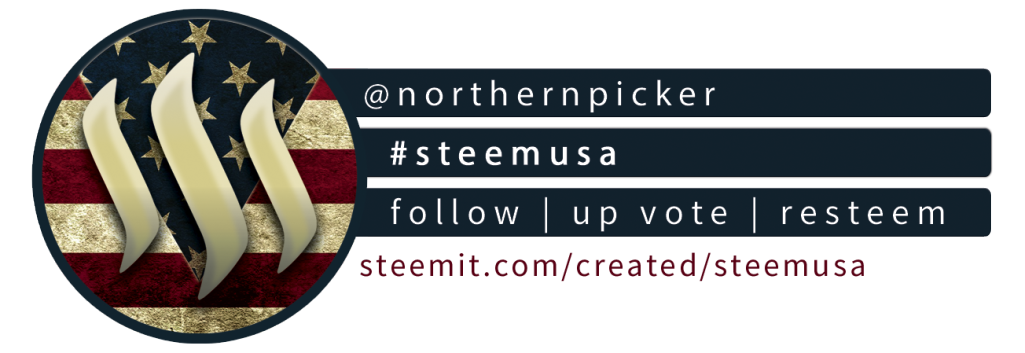Fast Nickel or Slow Dime… What Approach Is Right For Your Business?
It is the age-old question in this business of picking and reselling. In fact one of the questions I get asked the most. What is better a “fast nickel or a slow dime” approach?
My response to that question is asking them these two questions. Do you need your capital back now or later? And do you need to make money now or later? Most of the time they answer back saying I need to make money now and I can’t afford to have capital tied up for months.
.png)
Now everyone’s situation is different. Some people start in this business with limited capital on a “shoestring budget”. Some start with thousands of dollars and some start after losing their job and by selling what they have in their house to raise capital. Keeping this in mind here are some comparisons between the two to help you hone in the best approach for your business model no matter if you are a novice or a veteran in this industry.
Let’s take a brief look at the “Fast Nickel” approach:
With the “Fast Nickel” approach you need to source the right items that will move quickly. This comes with doing your research so you will know if the item you are sourcing will sell within a reasonable amount of time. You also have to price your item to sell. Price at the right price, make your money fast, move on and reinvest your capital.
The most important thing to remember is that your capital is the “lifeblood” of your business. You really want to have capital always coming into your business so you are able to reinvest. You want to have a repeatable process that brings in more money and capital increasing the value of your business and the “Fast Nickel” approach will help get you there especially if you are on a shoestring budget just starting off. This is a great way to create a fast-growing bankroll!
Here are some of the drawbacks of the “Fast Nickel” approach:
Typically your profit margins, otherwise known as ROI (Return On Investment), will be smaller and it will feel like you are doing more work to make these smaller margins. Also, your ROI on your specific item could drop due to more competition or competition lowering their price but this could happen with any approach. Just remember you are building a bankroll, not waiting months/years on an item for a home-run sale. This is a consistent repeatable process as long as you are sourcing the right items.
Now let’s take a brief look at the “Slow Dime” approach:
With the “Slow Dime” approach you would be sourcing items that have higher ROI but will in many cases take much longer to sell. This type of item otherwise known as “long-tail item” could sit for months, even years, in some cases until the right buyer comes along. But when that buyer does come along the reward is typically very high. And there is always the exception to the rule that the item would sell for you right away, but this is indeed rare.

Here are some of the drawbacks of the “Slow Dime” approach:
Even though the margins are great with this approach it does tie up your capital, so that has to be at the forefront when making your sourcing decision. You have to ask yourself “Can I afford to have this much capital tied up in inventory for a significant amount of time?”
This approach also allows you to build up inventory over time which is great as long as the items will sell at some point but the last thing you want to become in this business is an “Inventory Hoarder”. These items must have a track record of selling in the past and if they don’t move you must be willing at some point to take less money to move the item, make that money and reinvest your capital.
In conclusion:
There are 3 sides to every coin. The head, the tail and the edge. Your responsibility as a business owner is to be on the edge so you can clearly see both sides and make an informed decision when purchasing inventory for your business.
You may be brand new to this business with limited capital. You have to ask yourself does it really make sense to tie up your capital on long tail “Slow Dime” items? You may have a decent amount of capital and experience under your belt. Is it time to invest 20% of your capital into long-tail items and build inventory? Maybe you have all kinds of capital and can do both approaches right away. Only you know what your situation looks like.
With so many reselling personalities on the rise on YouTube, Facebook, Twitter and Periscope telling you what you should or should not do and what is right and wrong for your business model it can be downright confusing and overwhelming. Many will tell you to run out and buy this product and that product for your inventory. Do your own personal due diligence.
I am going, to be honest here. I really can’t tell you which approach is right for you or what you should or shouldn’t buy. The only thing I can tell you is to stand on the edge of the coin and evaluate both the head and the tail and make an informed decision moving forward in your business

Thank you to all of you who have been taking the time to read this blog, upvote, share, and comment! I appreciate you all.
~NP

Follow me @northernpicker
Check Out The Northern Picker Podcast http://www.thenorthernpicker.com/podcast-2/
Your profolio can consist of both
Absolutely! I agree and believe you should have both. I am 70% fast nickel and 30% slow dime. That is what I have found works best for my business model. When I first started in this business I was probably about 95% fast nickel so I could raise capital quickly and then worked in more slow dimes as I became more established. Thanks for commenting!
Thanks for sharing, enjoy the vote!
@completelyanon Thank you so much. I truly appreciate it!